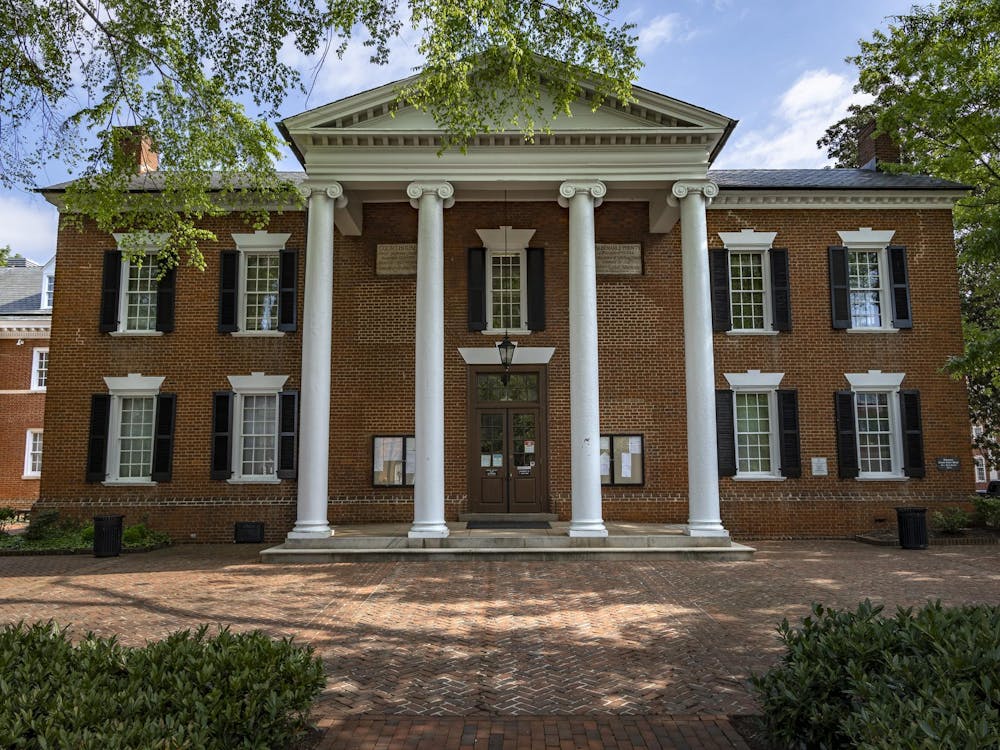The Board of Visitors recently voted to make major changes to AccessUVa, the University’s landmark financial aid program. The program was introduced in 2004 to meet 100 percent of demonstrated need for all students. For students whose family income was 200 percent of the federal poverty line or lower, AccessUVa replaced need-based loans with all-grant aid.
But with the new changes, those low-income students will have to take out between $14,000 and $28,000 in loans — nearly three times the University’s average indebtedness of $11,000 — according to Steve Kimata, assistant vice president for student financial services. Despite many of us urging them to wait for input from student stakeholders, the Board hastily approved the measure at its August retreat. By ignoring the survey findings of the consultant they themselves hired to analyze U.Va., the Board disregarded student perspectives altogether in its effort to save a small amount of money, relative to the University’s massive budget.
When the Board hired the Art & Science Group to study AccessUVa, the consulting group concluded that prospective students are less likely to attend if aid was reduced, but were far less sensitive to increases in tuition. Why? Although low-income students admitted they could not attend without aid, most students at U.Va. told the consultant a different story. At a school with a median household income of $113,000 — more than twice the national average — most of the 65 percent of students who pay for U.Va. out-of-pocket (without even applying for financial aid) said they were no less likely to attend if they had to pay a bit more. The consultant had different algorithms for playing with the numbers and expanding aid for more middle-class students, but the bottom line was this: raise tuition to be closer to your peer institutions, and the program becomes solvent.
The Board chose to ignore the report. Although they express that they are still meeting 100 percent of need with the new loan plan, they apparently feel no need to admit that they want to do it in a qualitatively different way — one that feels less like an investment in the student, and more like a way to get the University its tuition bill no matter how the student has to pay for it.
Instead of bringing the changes before the University Financial Aid Committee for consideration, which includes students (disclaimer: myself included), faculty and staff from all levels of the University, that presidential committee was kept in the dark while the Board created a working group to come up with the high-loan idea that Chief Operating Officer Pat Hogan ultimately recommended. That working group even included Dean of Admissions Greg Roberts and other top-level University officials who already sit on the University Financial Aid Committee. Instead of making use of this institutional committee and the diverse communities it represents, the Board went around this University structure altogether. Sound familiar?
If anyone can come up with creative and innovative ways to save the program, it’s students who know firsthand what these changes would feel like. If listening to the research scientist the Board hired is absolutely not an option, there are still other ways to avoid saddling low-income students with $28,000 in federal debt. For example, the University could replace some institutional grants with zero-interest institutional loans and tie a repayment plan to graduates’ income. If Hogan is confident that these low-income students will start at the $52,000 average income that he quoted — even though the research literature suggests otherwise — start the repayments there. The University won’t profit off of students the way the government does by charging interest, but they will get their money back. If the Board could sit tight long enough, it might even find out whether work-study expansion at the University can become a reality to further reduce total loan aggregates.
Beyond my own ideas, I’ve heard many other ideas about how to recruit and retain bright, low-income students in a way that is fair, balanced and manageable for their long-term financial security. Nearly all of them have come from students themselves. Roberts put it this way: “The loss of no-loan aid packages may impact the composition of the student body here at U.Va. As always, it’s important for students to voice their opinions and offer constructive solutions.”
But instead of considering the prospective students surveyed by an expensive research group, or asking a single current student how they feel this change would affect them or affect their understanding of Jeffersonian egalitarianism at our modern university, the Board of Visitors at the University of Virginia decided it would just do whatever it wanted, with as little input as possible. Again.
The Board fixed its mistakes before. It can do so again. No matter what anyone says, this affects more than 336 students a year. It affects us all.
Brendan Maupin Wynn is a fourth-year College student and a member of the University Financial Aid Committee and President of Virginia21 at U.Va.






